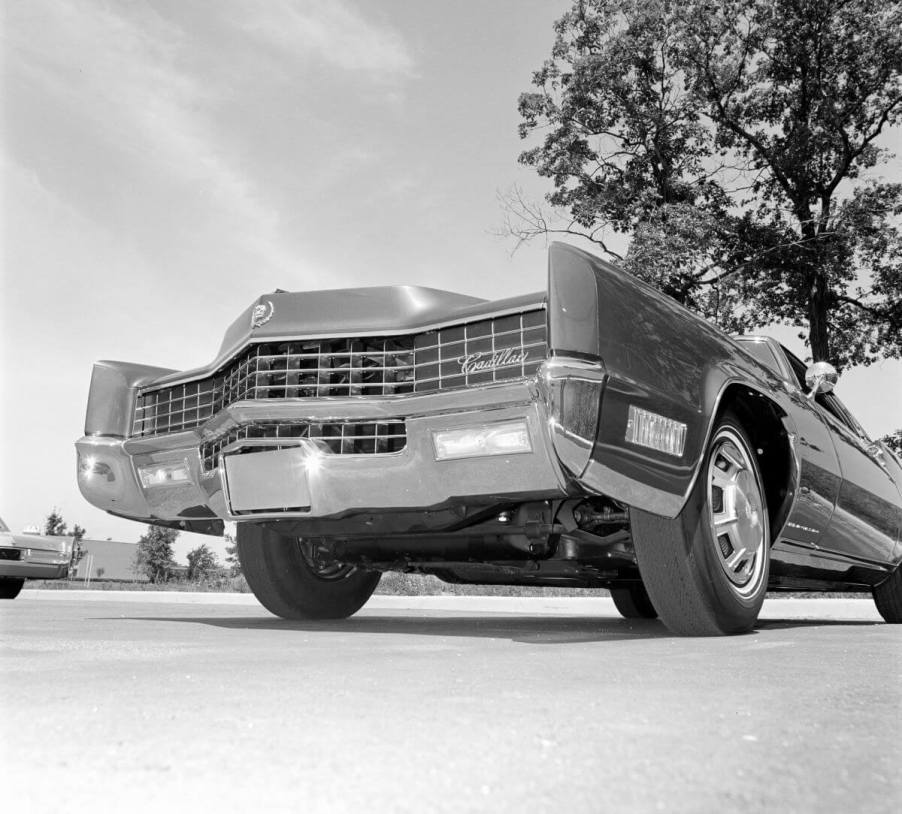
What Is an Egg-Crate Grille?
An egg-crate grille is a type of grille design commonly found on cars, particularly those from the mid-20th century. It is characterized by a pattern of small, square or rectangular openings arranged in a grid-like pattern, resembling the shape of an egg crate or a honeycomb. The egg-crate grille became popular during the 1930s and 1940s and was a defining feature of automotive design and maintenance. So, how did it come about, and is this design still found on modern cars?
What’s the purpose of an egg-crate grille?
The purpose of an egg-crate grille on a car is primarily aesthetic, although it can also serve functional purposes. The grille allows airflow to enter the engine compartment, cooling the engine and radiator. Depending on the car’s design, it can also help direct airflow to certain areas, such as the brakes or intercoolers.
Egg-crate grilles are popular custom additions
While the egg-crate grille design is not commonly replicated in modern cars, it remains a popular custom addition for enthusiasts who want to capture the classic look of vintage vehicles. Many aftermarket companies offer egg-crate grille kits that can be installed. These kits typically include a grille insert that can be mounted on the front of the car, transforming its appearance and giving it a nostalgic touch.
How to create an egg-crate grille
If you’re interested in building an egg-crate grille, here are the steps to do so from Jeff Lilly:
1. Start by measuring your grille opening, leaving some extra room around the edges. The idea is to have the grille bar disappear behind the edges of the opening.
2. Decide on the egg-crate grille size, shape, and pattern you want to create.
3. Use the marker to draw the pattern of the egg-crate grille onto the chosen sheet material. Then, carefully cut out the individual square or rectangular openings using the appropriate cutting tools.
4. After cutting, use sandpaper to smooth out rough or sharp edges on the grille openings. This step is important for both safety and aesthetics.
5. Place the custom grille onto the front grille area of your vehicle to check the fit. Make any necessary adjustments to the size or shape of the grille to ensure proper alignment and coverage.
6. Determine the best method for securely mounting the custom grille onto your vehicle. This may involve drilling holes, using screws or clips, or attaching the grille using adhesive or brackets.
7. Once the custom grille is securely in place, inspect it for any imperfections or areas that need further refinement.
Why is it called an ‘egg-crate grille’?
It’s worth noting that the term “egg-crate grille” or ECG is not exclusive to the automotive world. In the HVAC industry, an egg-crate grille refers to a similar grid-like pattern used in air vents and grilles to control airflow. These grilles are typically made of lightweight plastic or metal and are used to direct and distribute air in HVAC systems.
So, while egg-crate grilles have roots in automotive design, they have found applications beyond cars and are used in other industries where airflow control is essential.
The resilience of the egg-crate grille in automotive design
It’s clear that the egg-crate grille has played a significant role in automotive history, representing a distinct era of design and style. With the availability of aftermarket kits and resources online, enthusiasts can easily transform the front appearance of their cars with egg-crate grille accessories.




